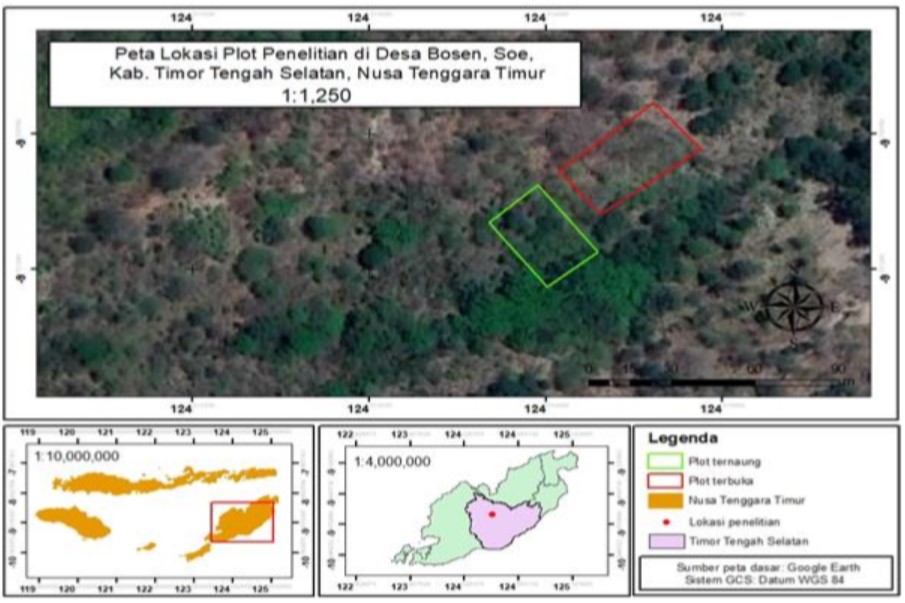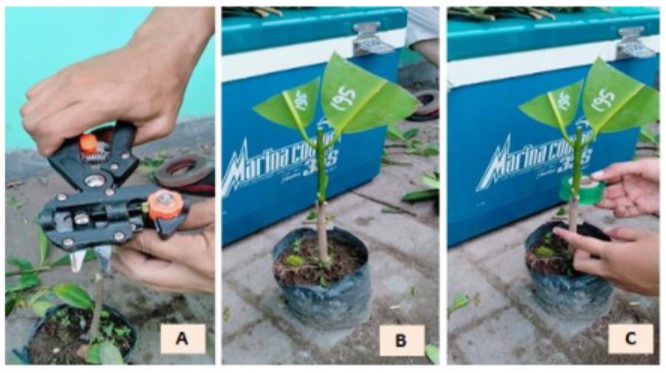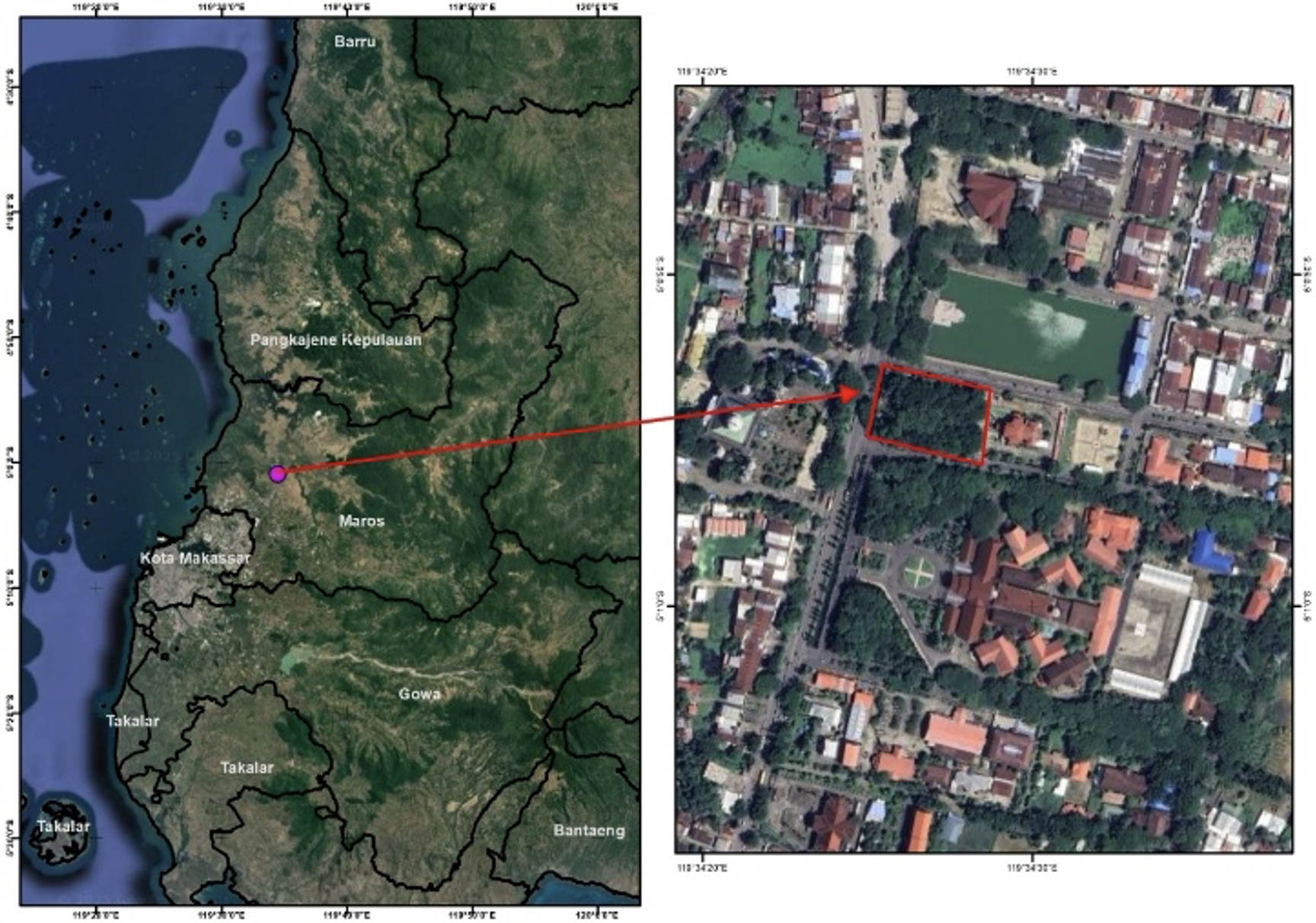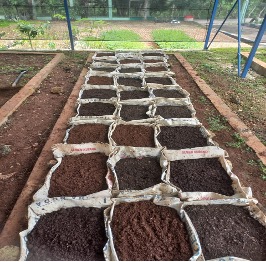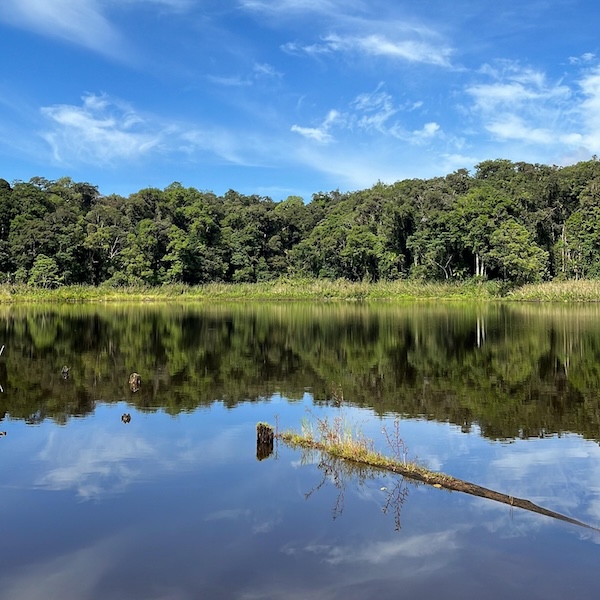The Effect of Tree Shade and Pruning Techniques on Screw Tree (Helicteres isora Linn.) Fruit Productivity in the Natural Habitat
Abstract
Screw tree (Helicteres isora Linn.) is a shrub species with 5 to 15 main stems where the natural distribution can be found in South Timor Tengah (TTS) regency of East Nusa Tenggara (NTT) province and it is potential as a medicinal plant. The fruits are the main material harnessed for traditional medicine or jamu. Recently, little is known on fruit productivity of screw tree under shaded and open area. At the field showed that there were differences on fruit and flower production under two shade condition and the main stems. The research aimed for gaining information on the effect of pruning on screw tree fruit productivity in the natural habitat under two shade conditions on fruit productivity. Split plot design was employed with two factors which were two shade conditions (shaded under trees and open) as a main plot and the pruning techniques as a sub plot. Pruning techniques had affected significantly on the number of shoots and fruits, and there was an interaction between treatments to the number of fruits. Shade conditions had an important role on fruit production. Plants grew under open space had better fruit characteristics on fruit length (46,94 cm), fruit diameter (6,41 mm), post-harvest fruit weight (0,94 g), oven-dried fruit weight (0,89 g) and lower water content (5,57 %), compared to under shaded space 44,16 mm; 5,73 mm; 0,87 g; 0,81 g and 6,95 %, respectively for fruit length, fruit diameter, post-harvest fruit weight, oven-dried fruit weight and fruit water content.
الحقوق الفكرية (c) 2020 Jurnal Wasian

هذا العمل مرخص بموجب Creative Commons Attribution-NonCommercial 4.0 International License.
Copyright and License
All articles published in Wasian Journal are the property of the authors. By submitting an article to Wasian Journal, authors agree to the following terms:
-
Copyright Ownership: The author(s) retain copyright and full publishing rights without restrictions. Authors grant the journal the right to publish the work first and to distribute it as open access under a Creative Commons Attribution 4.0 International License (CC BY 4.0).
-
Licensing: Articles published in Wasian Journal are licensed under a Creative Commons Attribution 4.0 International License (CC BY 4.0). This license allows others to share, copy, and redistribute the material in any medium or format, and adapt, remix, transform, and build upon the material for any purpose, even commercially, provided that proper credit is given to the original author(s) and the source of the material

This work is licensed under a Creative Commons Attribution 4.0 International License. -
Author's Rights: Authors are permitted and encouraged to post their work online (e.g., in institutional repositories or on their website) prior to and during the submission process, as it can lead to productive exchanges and greater citation of published work.
-
Third-Party Content: If your article contains material (e.g., images, tables, or figures) for which you do not hold copyright, you must obtain permission from the copyright holder to use the material in your article. This permission must include the right for you to grant the journal the rights described above.
-
Reprints and Distribution: Authors have the right to distribute the final published version of their work (e.g., post it to an institutional repository or publish it in a book), provided that the original publication in Wasian Journal is acknowledged.
For the reader you are free to:
- Share — copy and redistribute the material in any medium or format for any purpose, even commercially.
- Adapt — remix, transform, and build upon the material for any purpose, even commercially.
- The licensor cannot revoke these freedoms as long as you follow the license terms.
Under the following terms:
- Attribution — You must give appropriate credit , provide a link to the license, and indicate if changes were made . You may do so in any reasonable manner, but not in any way that suggests the licensor endorses you or your use.
- No additional restrictions — You may not apply legal terms or technological measures that legally restrict others from doing anything the license permits.
Notices:
You do not have to comply with the license for elements of the material in the public domain or where your use is permitted by an applicable exception or limitation .
No warranties are given. The license may not give you all of the permissions necessary for your intended use. For example, other rights such as publicity, privacy, or moral rightsmay limit how you use the material.

